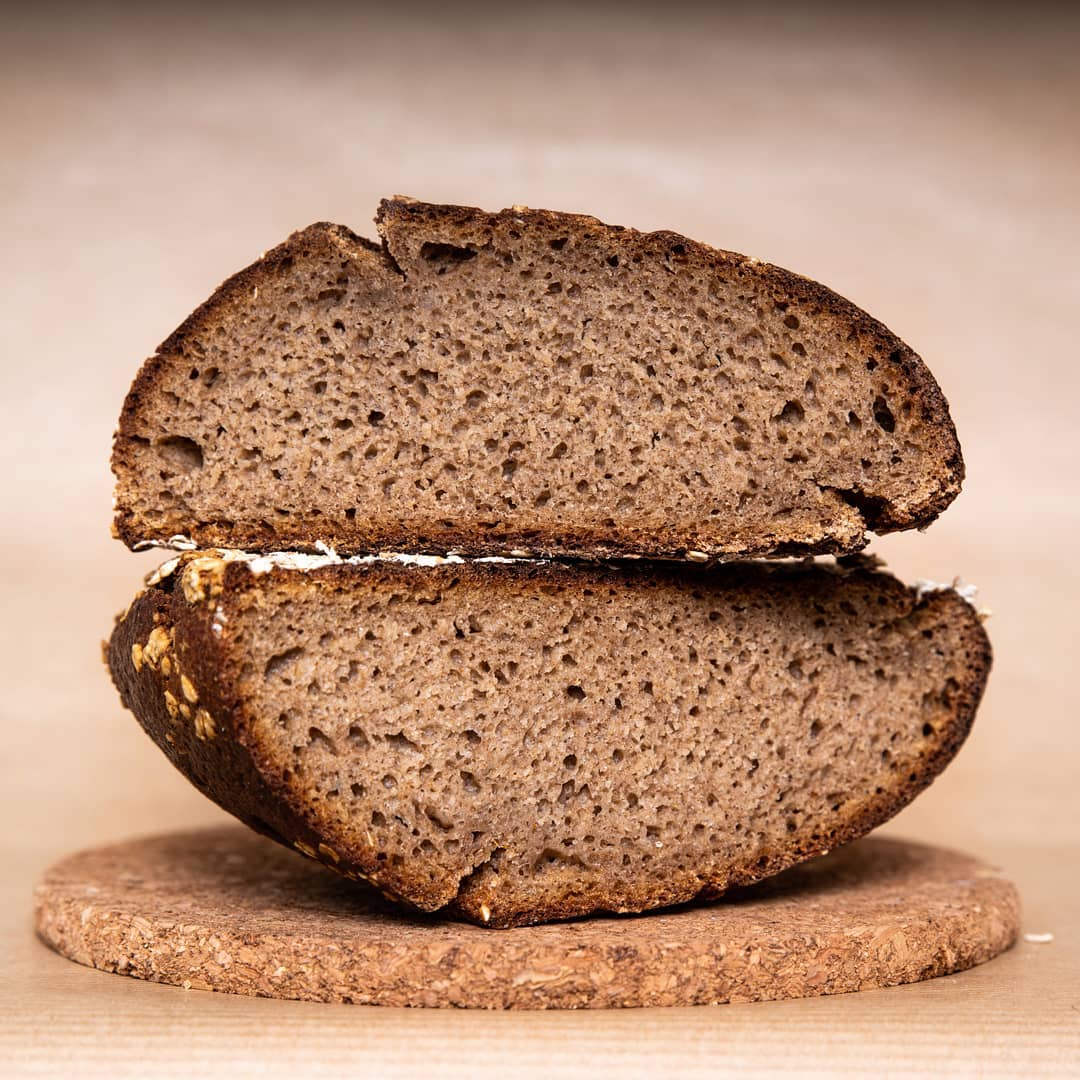I just started baking bread a few months ago and after starting with overnight no-knead boules, I decided I also wanted to make sandwich bread. So I looked up some recipes and made them a bunch of times and got to where I can make a pretty good loaf of sandwich bread.
The thing is, I was feeling pretty overwhelmed when I started with the sandwich bread recipes, which need to be kneaded as the total rise time is under 3 hours. So I didn’t look up any technique, and I knead by just picking up the ball of dough and kneading it with my fingers sort of like how a cat makes biscuits. Typically I do this for 10 minutes.
I saw a video later with a very different kneading technique. But mine seems to produce a bread that holds together fairly well and has reasonably uniform bubbles throughout, though a little denser at the bottom than the top.
Thoughts? Am I a heretic who should renounce my wildcat ways, or is this fine?
I make food for me and my tastes. Not for someone else to judge. If you like it, why change? On the other hand, why not try the other way too? Maybe it’s better.
If it works, great!
I default to a stand mixer when I need to knead.
You can also autolyse for 15-30m with just the flour and water and then mix in yeast and salt after.
I usually let my kneaded bread recipes autolyse before kneading and I accidentally threw the yeast & salt in a couple times up front, and it didn’t seem to make much difference in taste or texture. Bulk ferment takes about the same time. Do you happen to know what the difference is?
I think in theory yeast destroys gluten and salt slows down yeast, but I also haven’t noticed a big difference.
Understanding Baking: The Art and Science of Baking by Amendola and Rees was a huge help understanding bread for me.
thanks!
I agree that if what you did works, go for it. But I will also tell you how my mother and grandmother taught me to knead, and see if it helps you any.
- Take the dough, and fold it in half.
- Push it down, so that you have a solid mass again with good cohesion.
- Rotate it 90 degrees, then repeat from step one.
I don’t always get the best crumb this way, and I’m still trying to figure out why, but this is how I was taught, and it does quickly create all the nice long gluten strands you want when kneading dough. And that’s the main idea… pushing and pulling the dough in the kneading process makes long gluten strands. Folding the dough like I was taught stretches it. Pushing it, well, pushes it. Rotating it makes sure that you’re getting at all the dough, not just one portion.
But kneading like a cat does? Well, it does push and pull, which is kneading. The only thing I’d be worried about in your method is that it might not get all the dough kneaded, there may be spots left that didn’t get pulled or pushed, and even if you got everything, it might not be everything evenly.
But again… it it WORKS for you, then do what works.
Do you, Homie! I recently made no knead in a loaf pan using the tartine method and it came out great. Bread is bread
Kneading isn’t as much about how as how long. Damn near any method is going to get gluten all gluteny. It’s just that some take longer than others.
You’re fine with how you were doing it since you got an even crumb
10 minutes seems to do the trick, and isn’t so long as to be annoying. hopefully I will tone up my forearms a bit 😄
Oh, your forearms and grip strength will surge if you make bread regularly. I started out having been a lifter years ago, and it still upped both size and strength of my forearms. It really amazed me how bloody hard it can be to knead bread by hand.
Mind you, my arthritis got worse, so I had to switch to a mixer, but it definitely is a workout.
If it works for you do it your way.
That being said, a no-knead (with a couple of folds) is my default sandwich loaf:
It works fine with all sorts of variations:
3 hours or so on the countertop instead of overnight works great.
100% white flour, drop the water to 75%, but really do at least 20% whole wheat for the flavor.
50% whole wheat go with 80% H2O.
Any kind of whole grain works, oat meal (soak the flakes, or cook the steel cut), cooked rice, etc, or leave it out entirely I’m not the boss of you.
Add a little neutral oil and it will be a little softer and maybe keep better.
Thanks, I may try your recipe!
I’m gonna try the “normal” kneading method, but one of the reasons I’m doing the cat kneading is that the sandwich breads I’m making are very high hydration and super sticky, so I’m not sure how well it’ll work with those.


